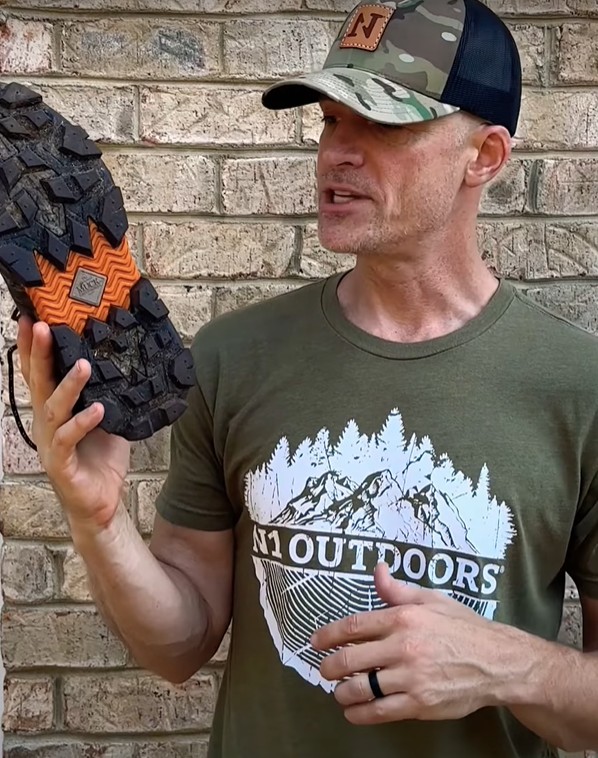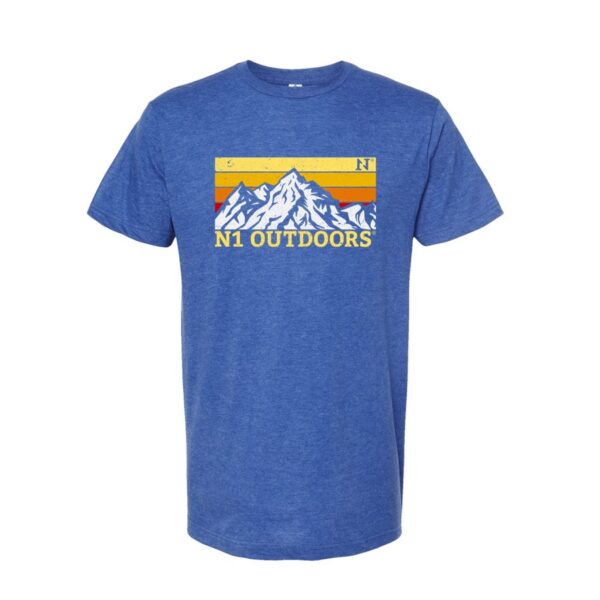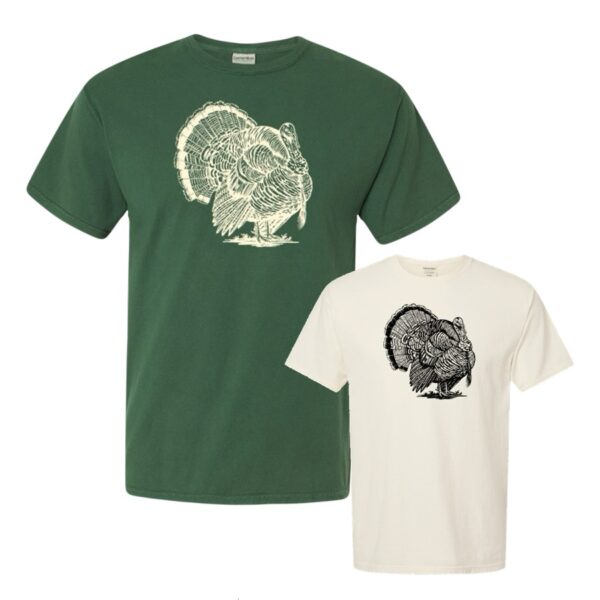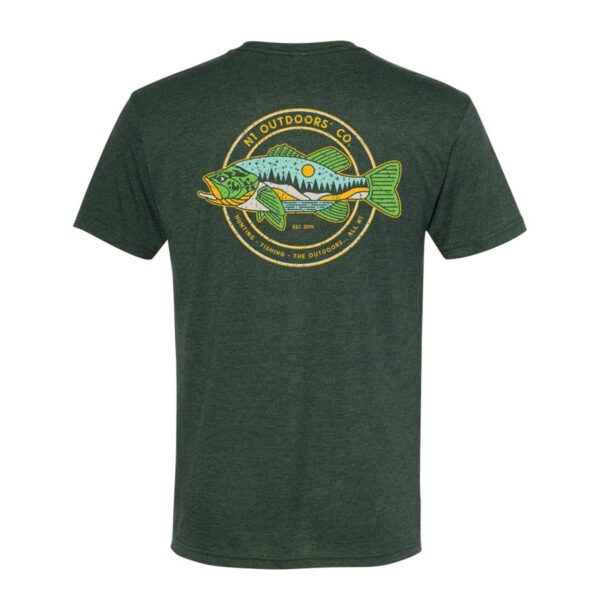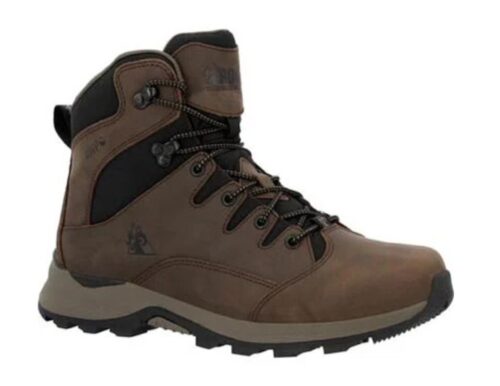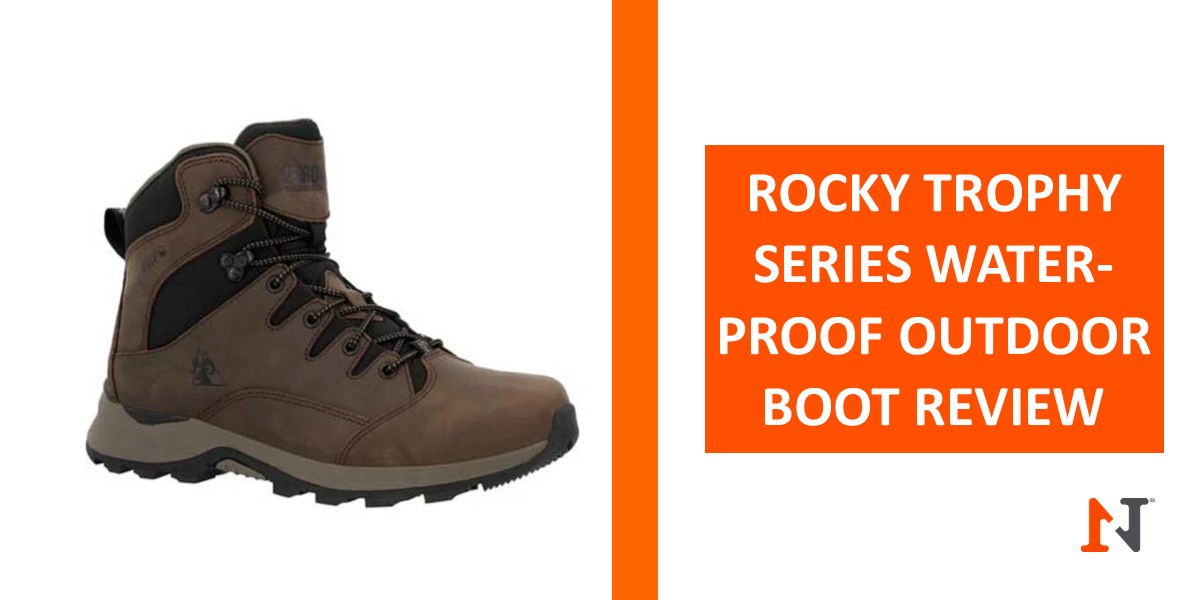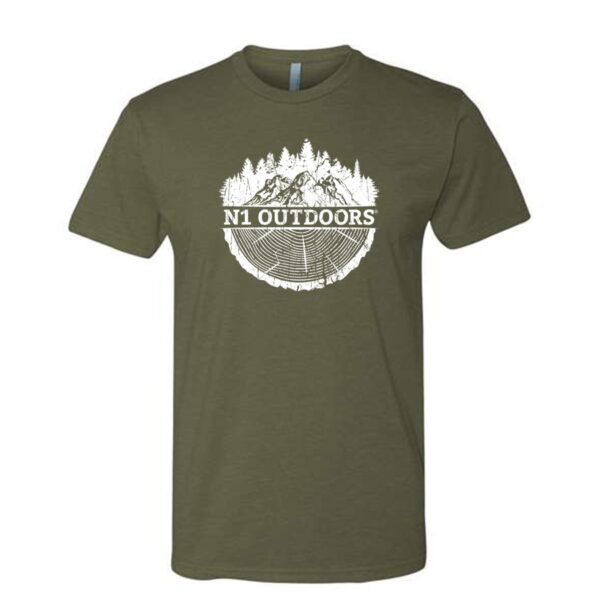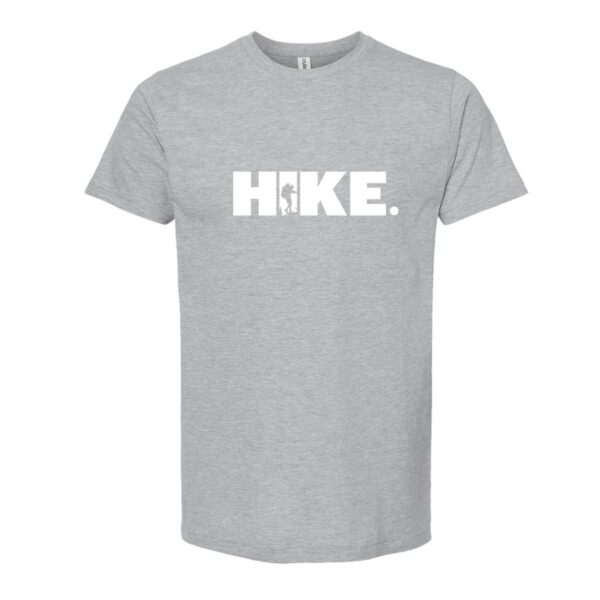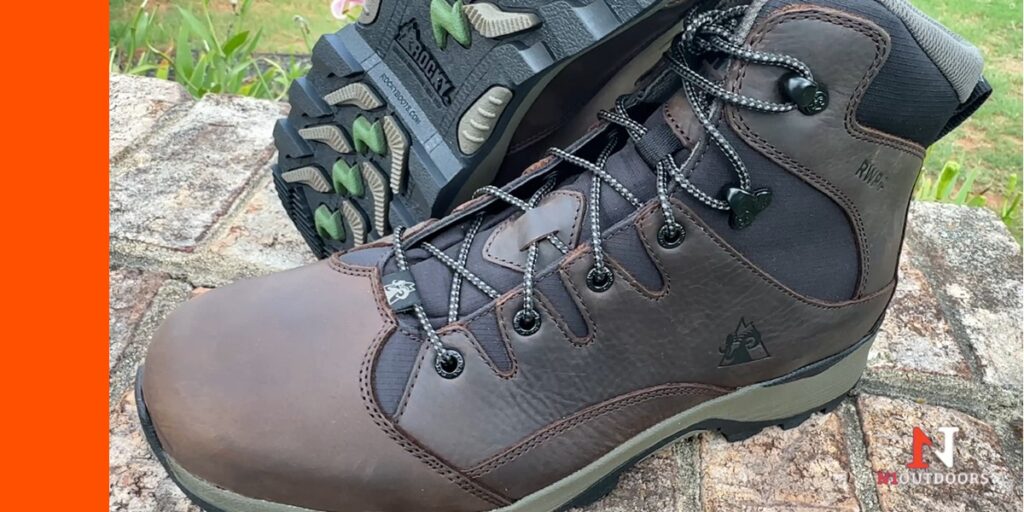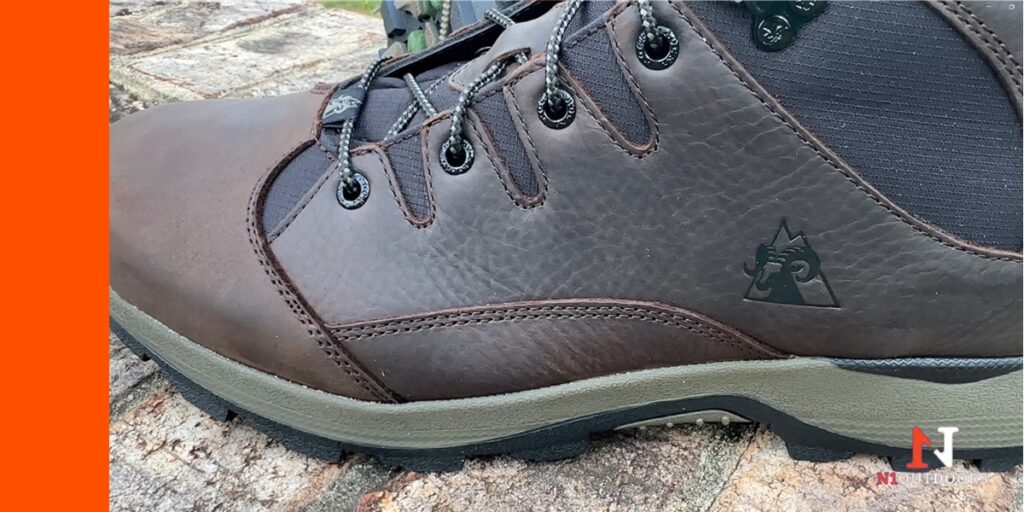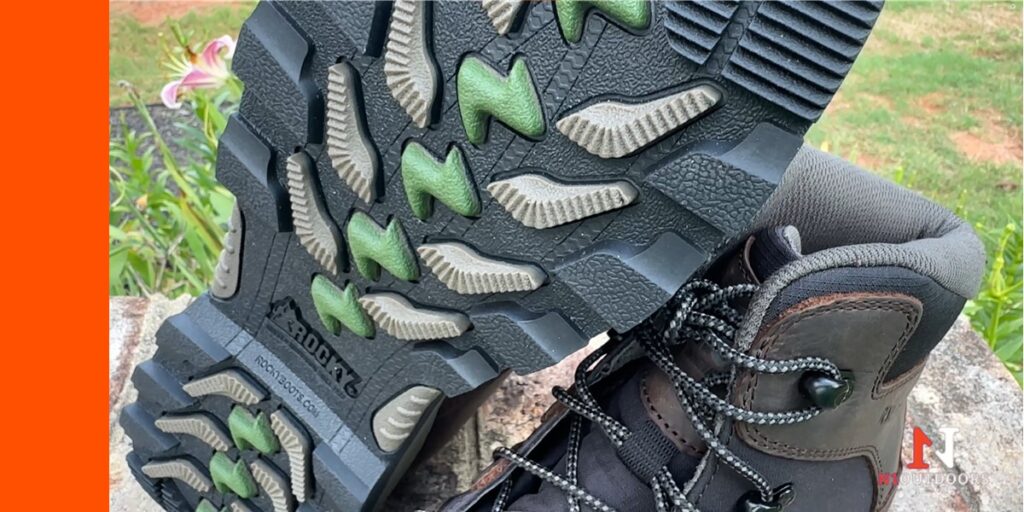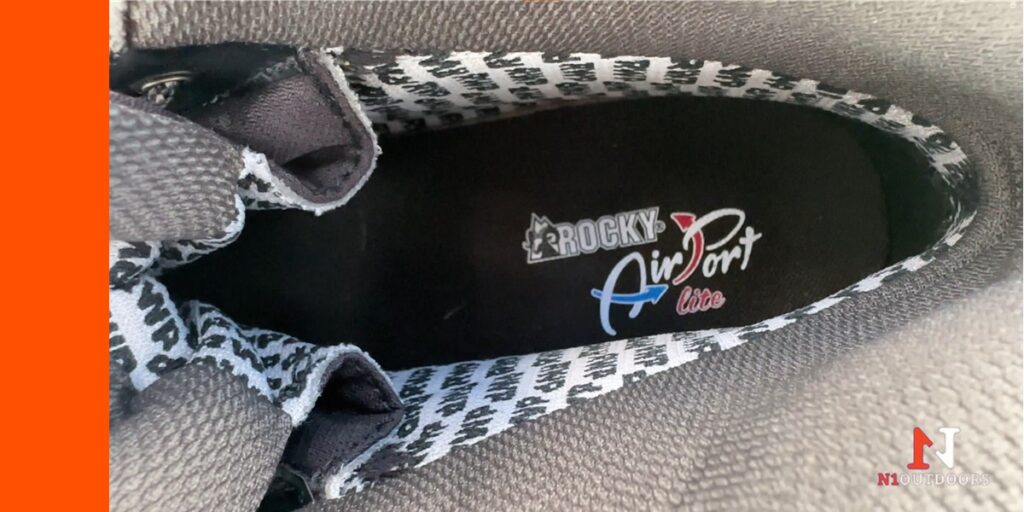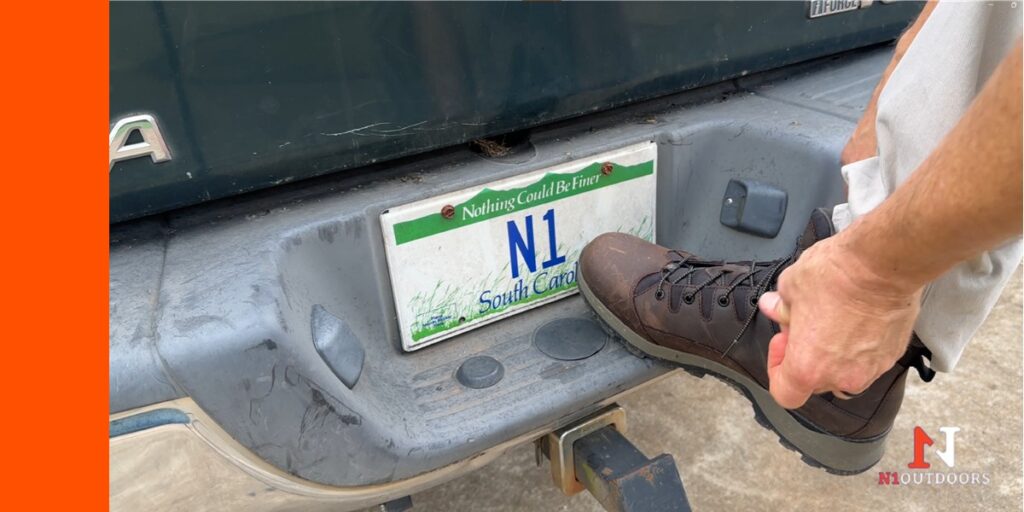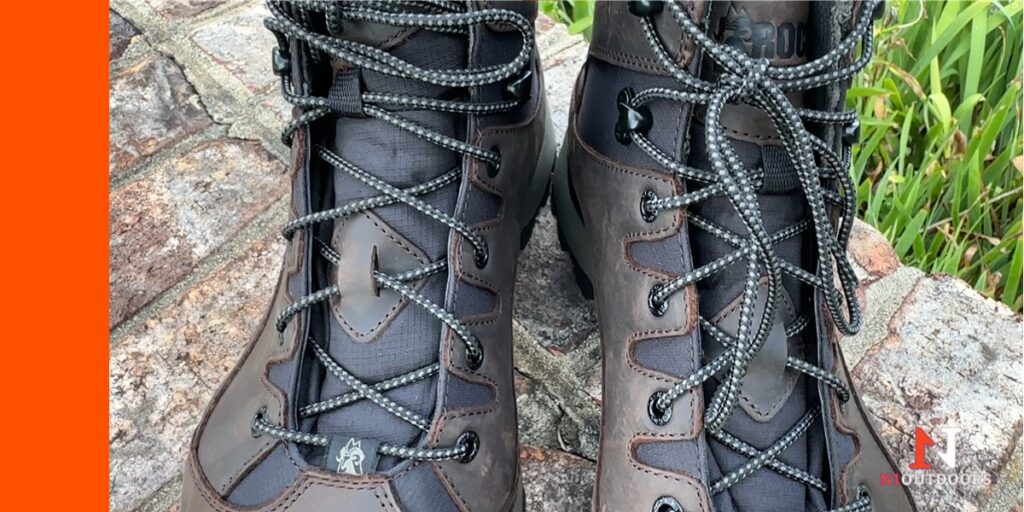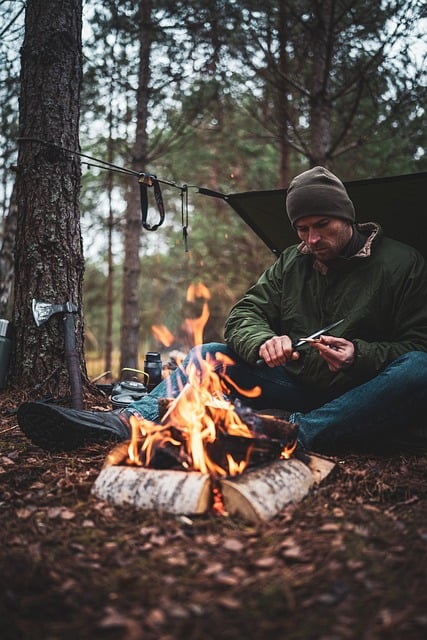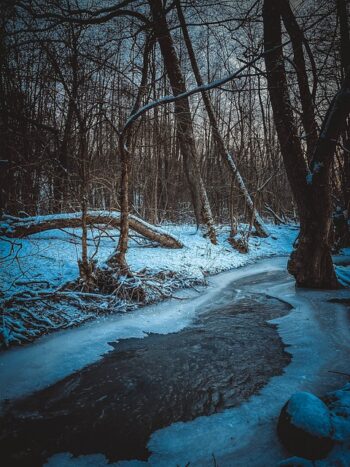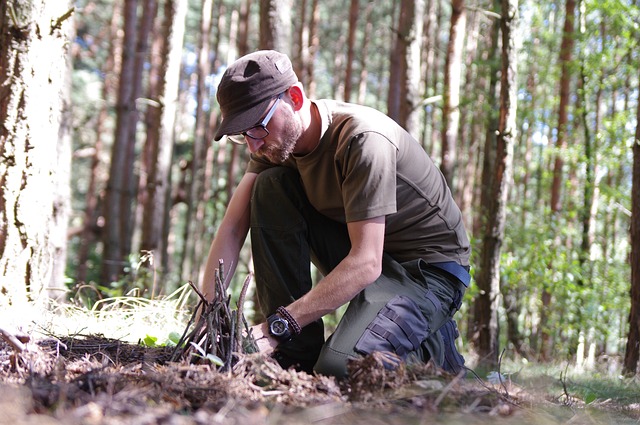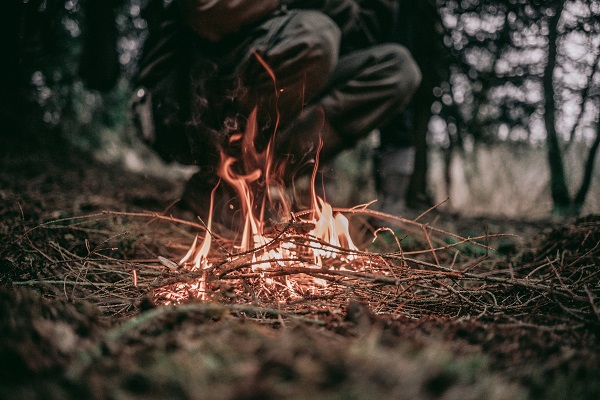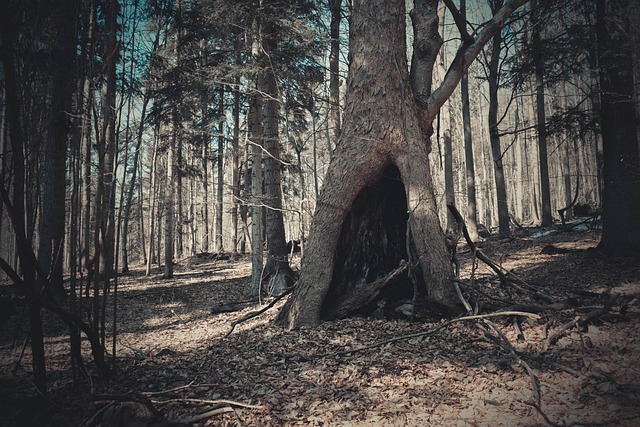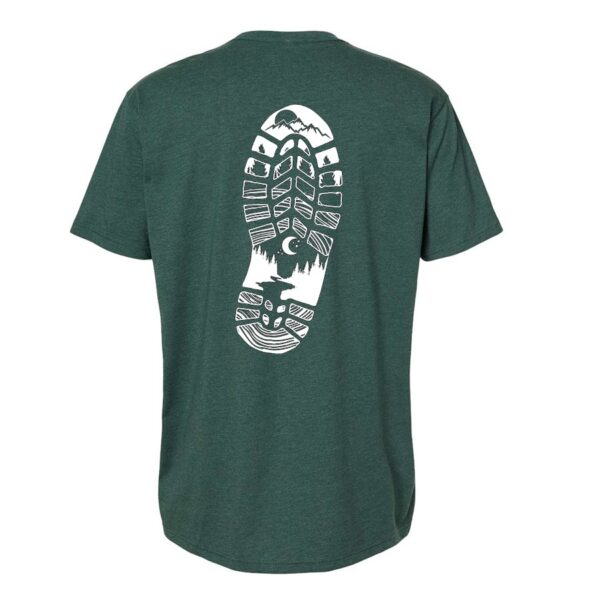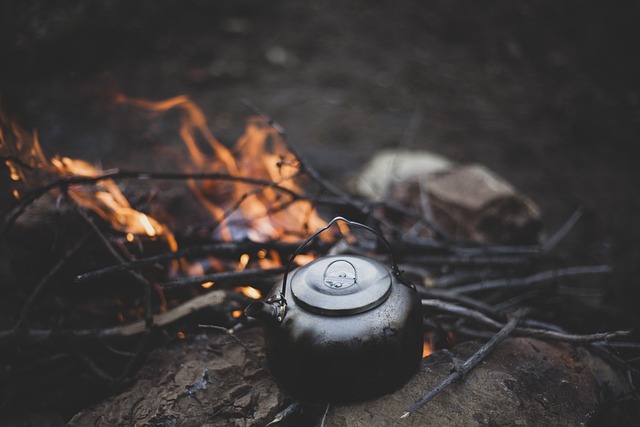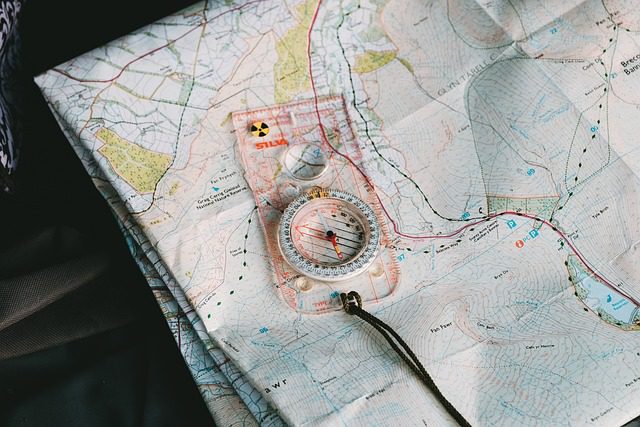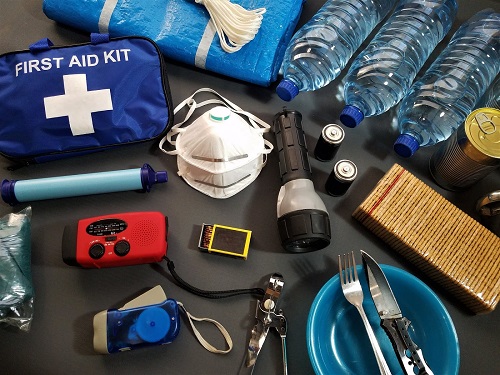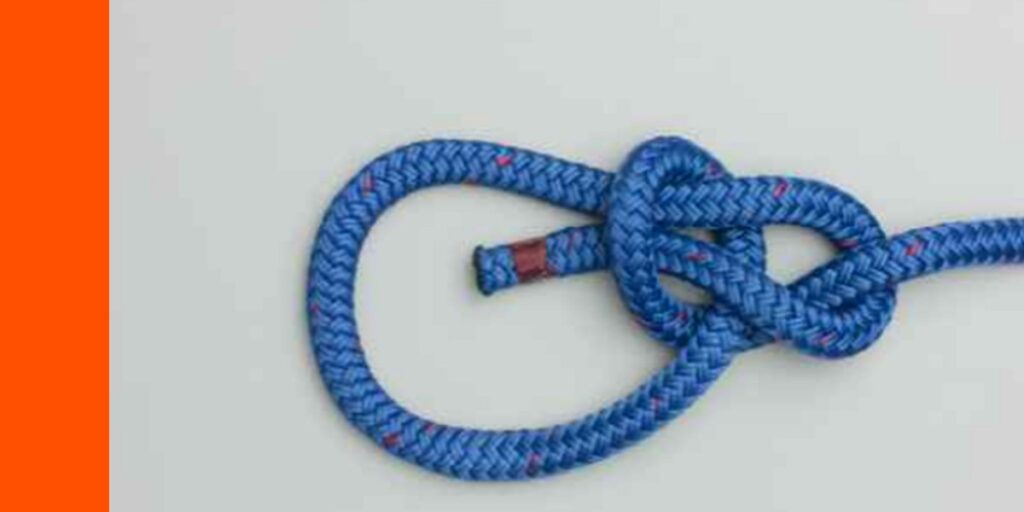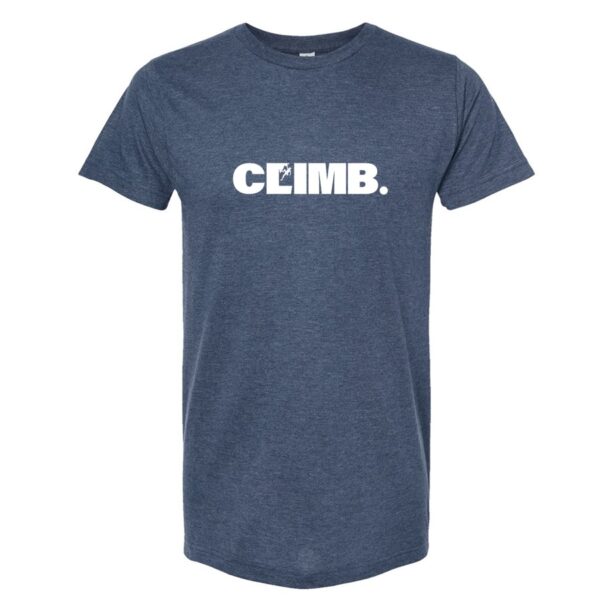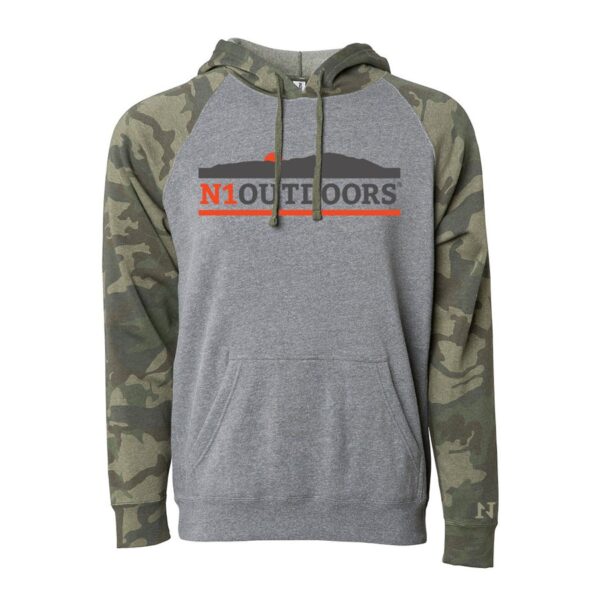I have always thought and even made mention before to other people that if someone could come up with a hiking boot a hunting boot that’s waterproof and had a waterproof upper that wasn’t neoprene on the outside, that was also flexible and comfortable, that the boot could do really well.
Well, I think that boot is finally here… it’s the Alpha Pursuit from the Muck Boot Company!
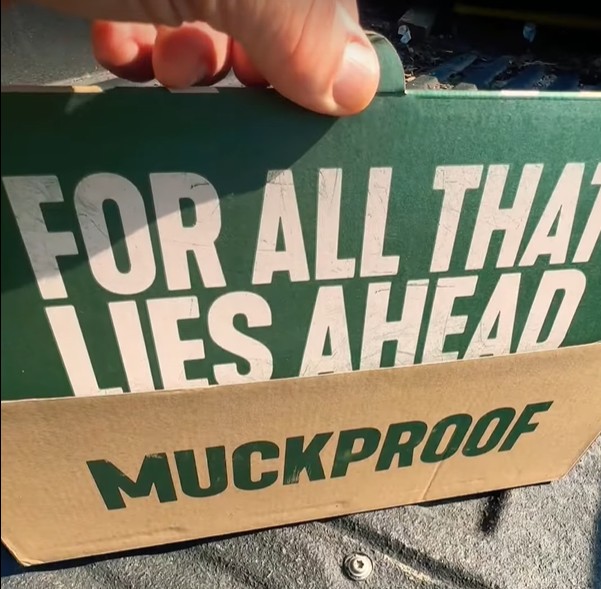
Muck Boots tagline is, “For All That Lies Ahead.” Well, we wanted to see what lie ahead with the Alpha Pursuit boots, so we found out!
Alpha Pursuit Boots From Muck | A Closer Look
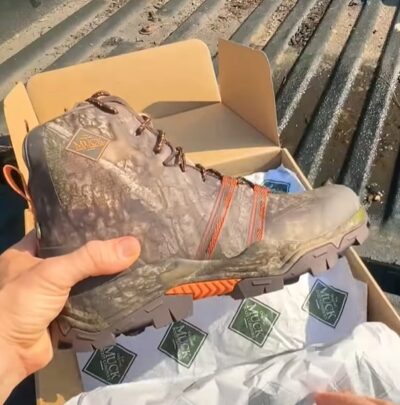
The Alpha Pursuit looked sharp coming out of the box…
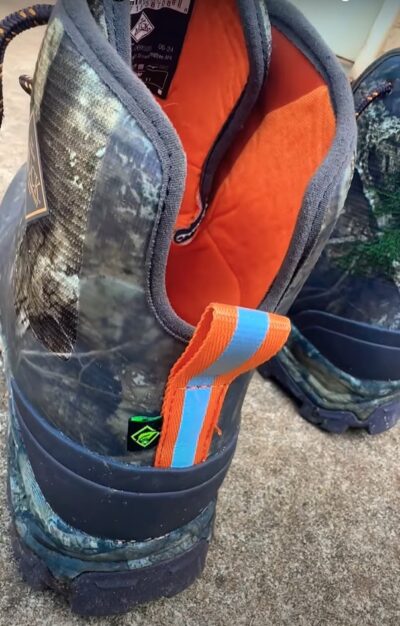
They say this Notch right here helps with Achilles fatigue… where I come from that’s called, “ankle don’t feel good!”
Check out these great hunting and fishing tees from more N1 Outdoors®!
-
N1 Outdoors® Mountain Colors Tee (Various Colors)
Price range: $24.99 through $28.99 -
N1 Outdoors® Spring Showman™ Turkey Tee
Price range: $26.99 through $32.99 -
N1 Outdoors® Fishscape™ Outdoor Tee
Price range: $28.99 through $32.99
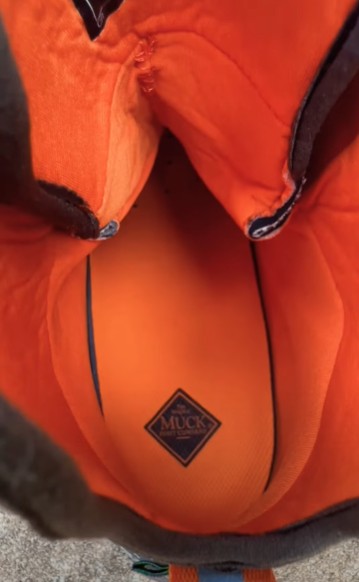
But, the Alpha Pursuit boots have a memory foam insole…
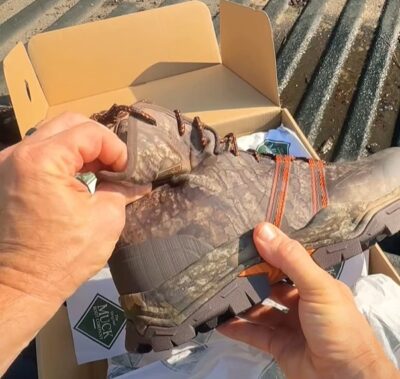
…and the soft, flexible shell is a game-changer as well, as most boots in this category tend to be stiff and inflexible. With these factors, in addition to the achilles cutout, and I’m just telling you, they are comfortable!
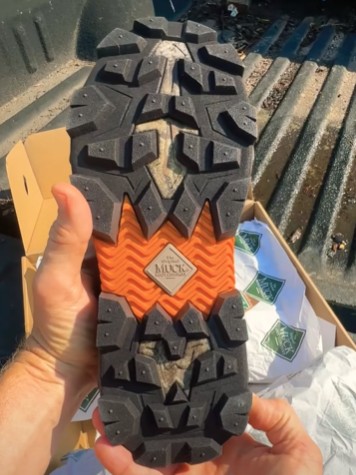
The tread on the Alpha Pursuit boots is rugged, yet the boot is still extremely “soft” to walk in, due to the memory foam insole.
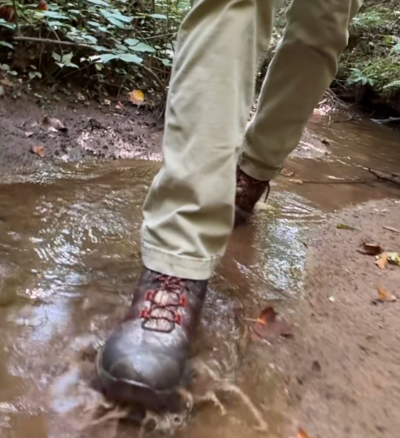
So, as you’re walking through the woods, whether it be hiking or hunting, and navigating wet and rainy conditions, this boot performs fantastically!
#ad
Final Thoughts On The Alpha Pursuit
It’s hard to come up with something that’s really new in the boot category. However, the Muck Boot Company has done it with the Alpha Pursuit boots. They are extremely comfortable (thanks to the memory foam and soft outer shell), versatile, and of course, 100% Muck-Proof! We would definitely recommend these boots.
Enjoy God’s creation outdoors!

